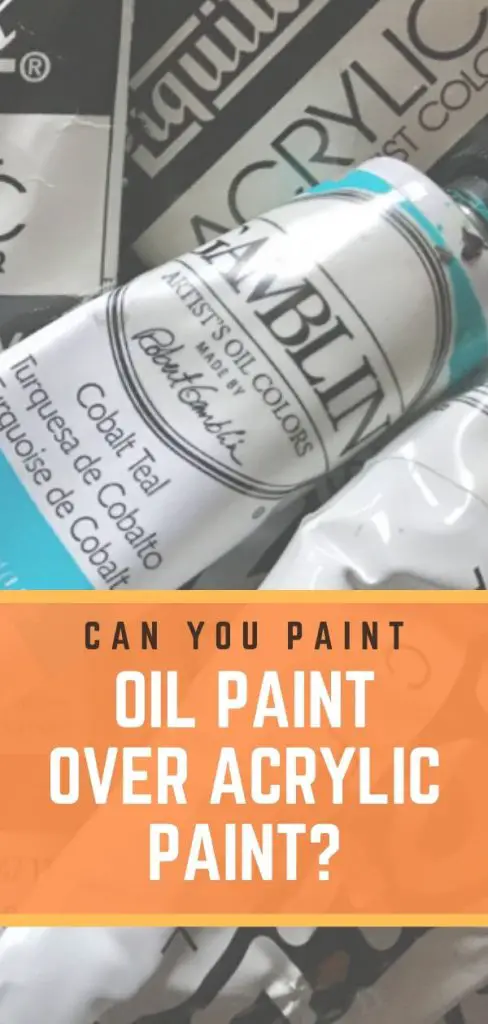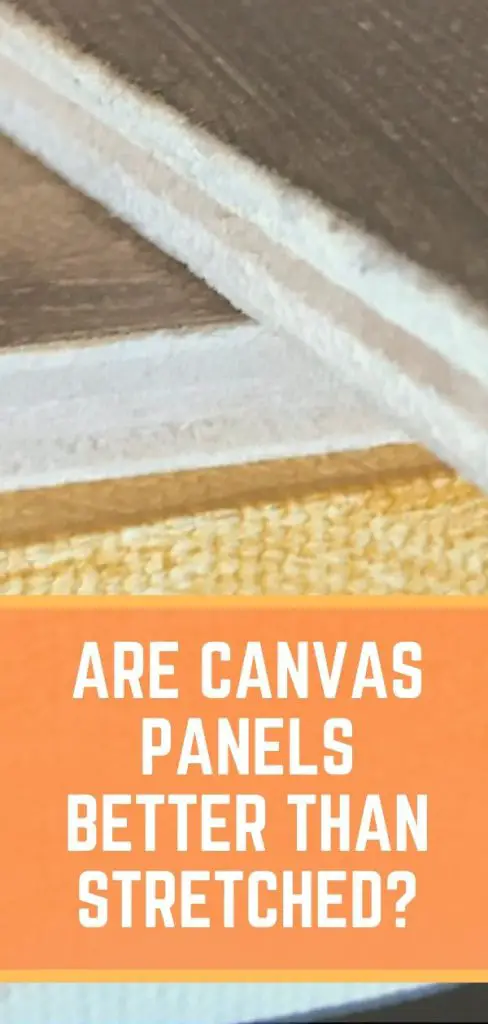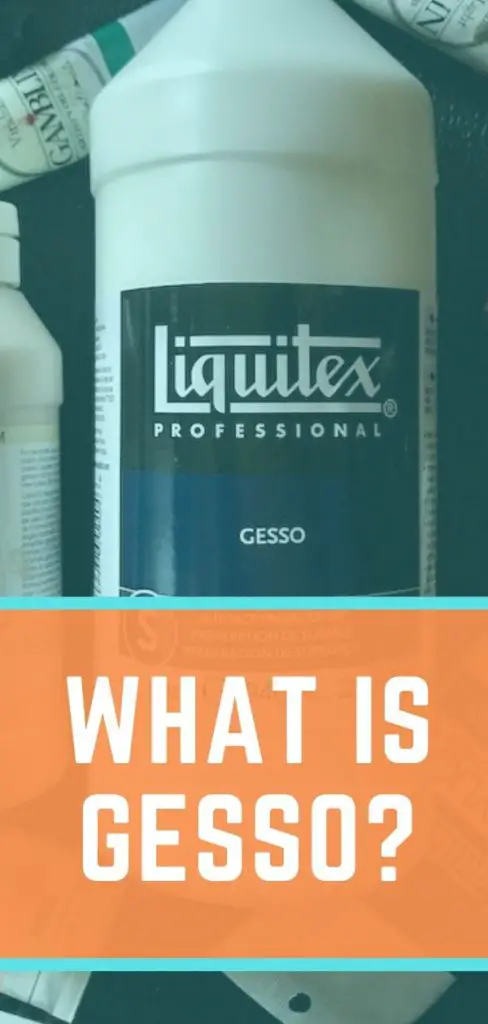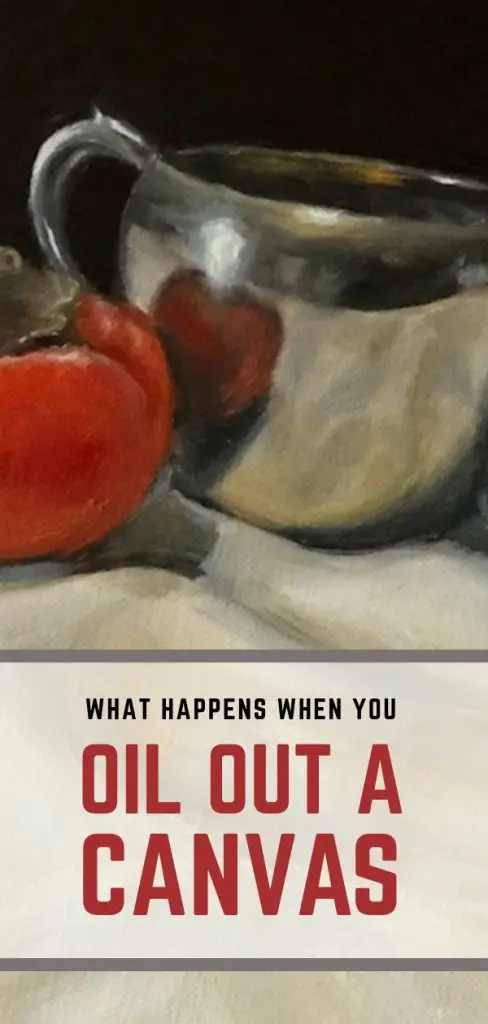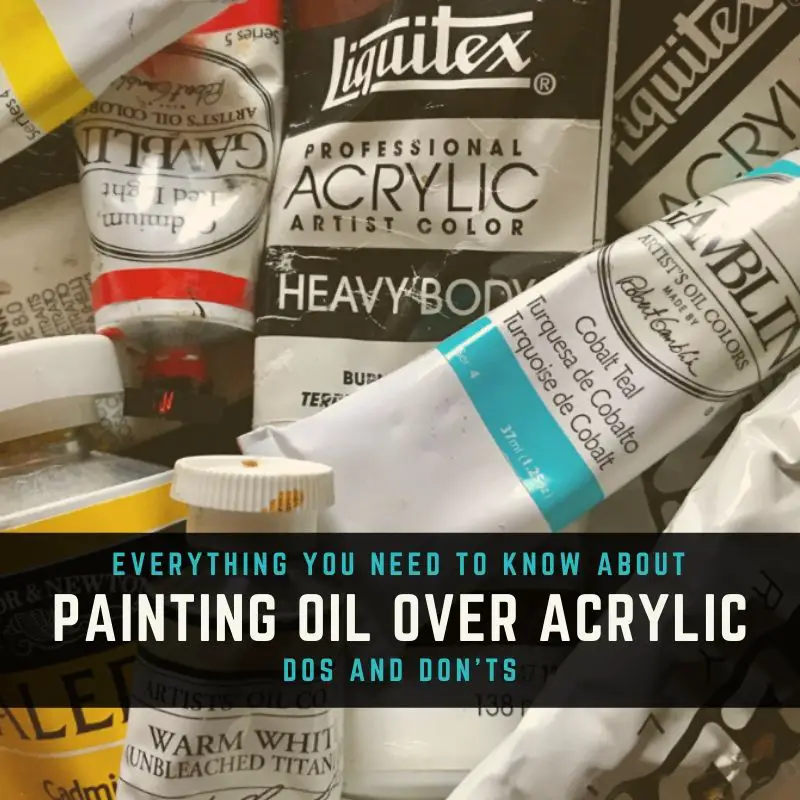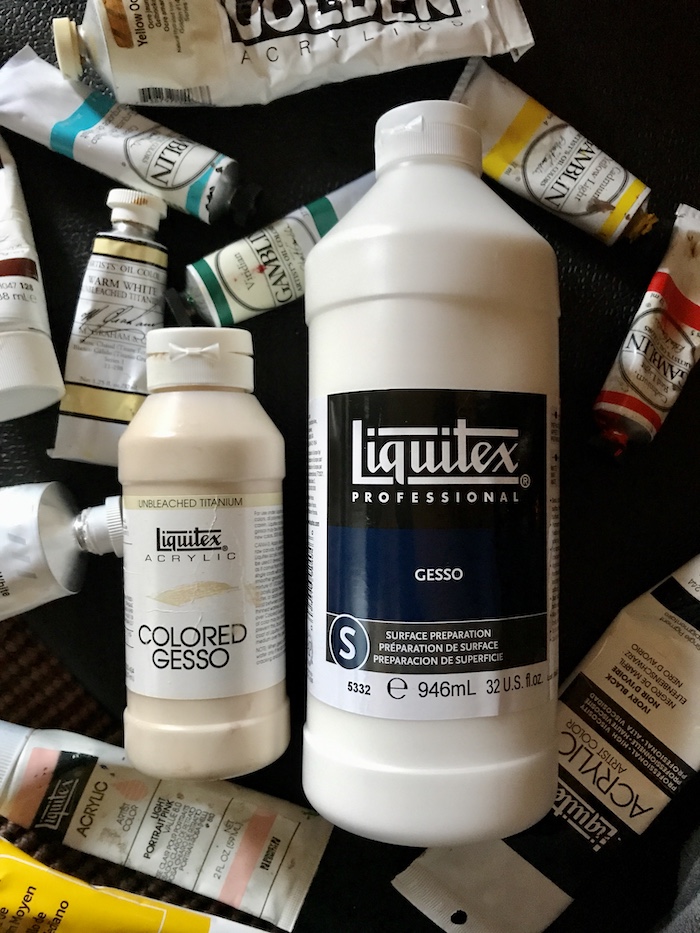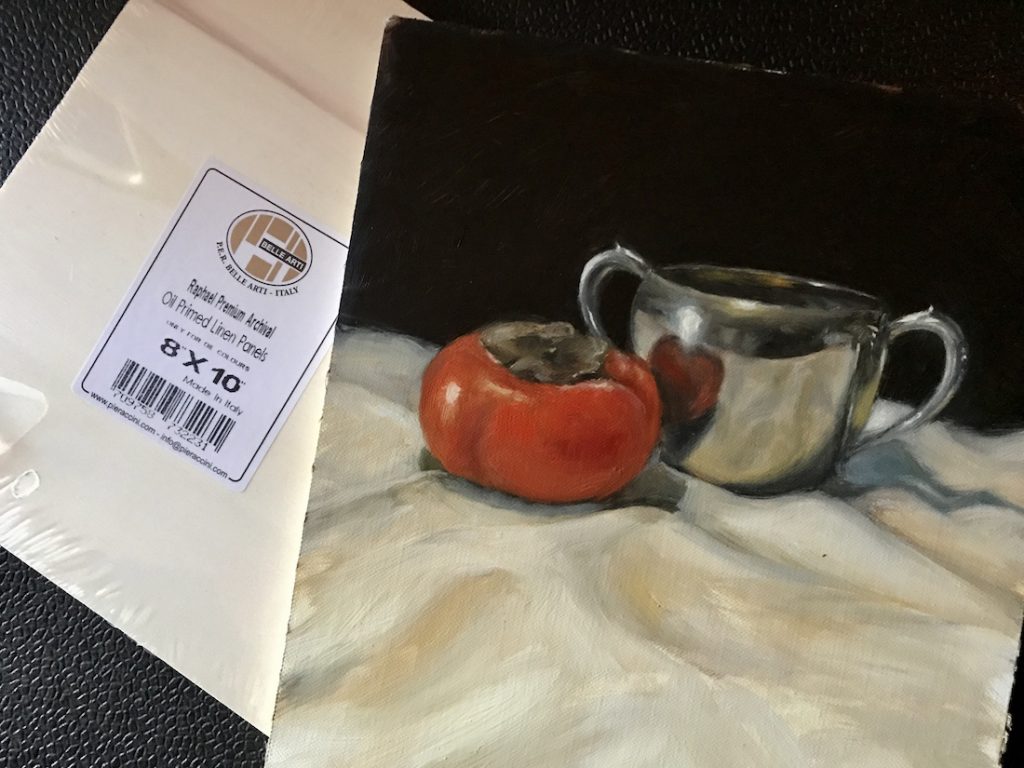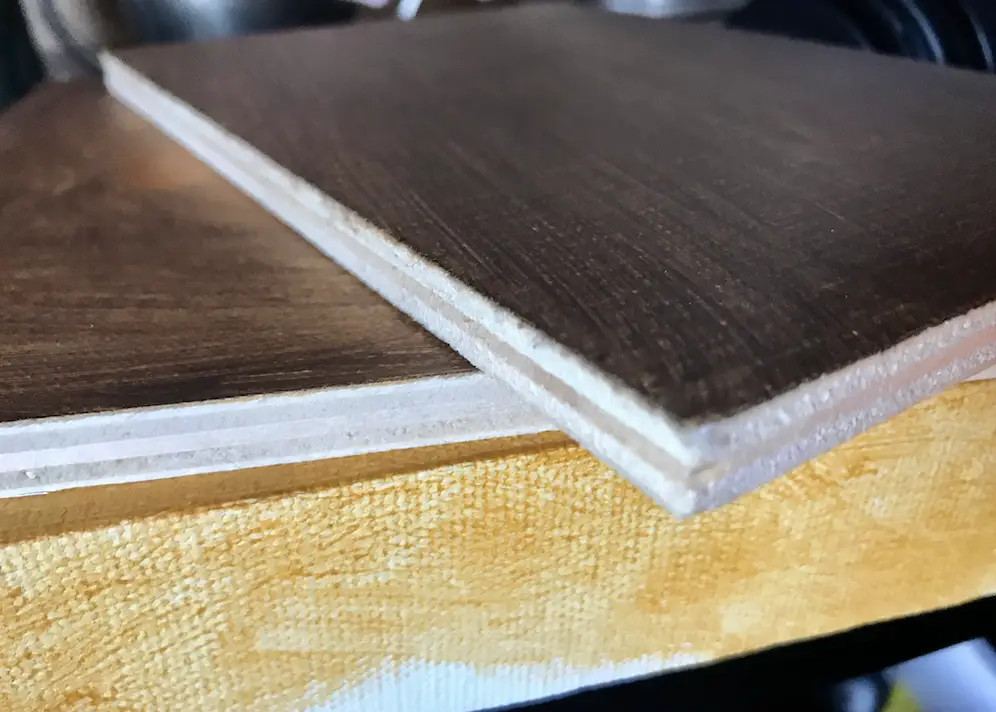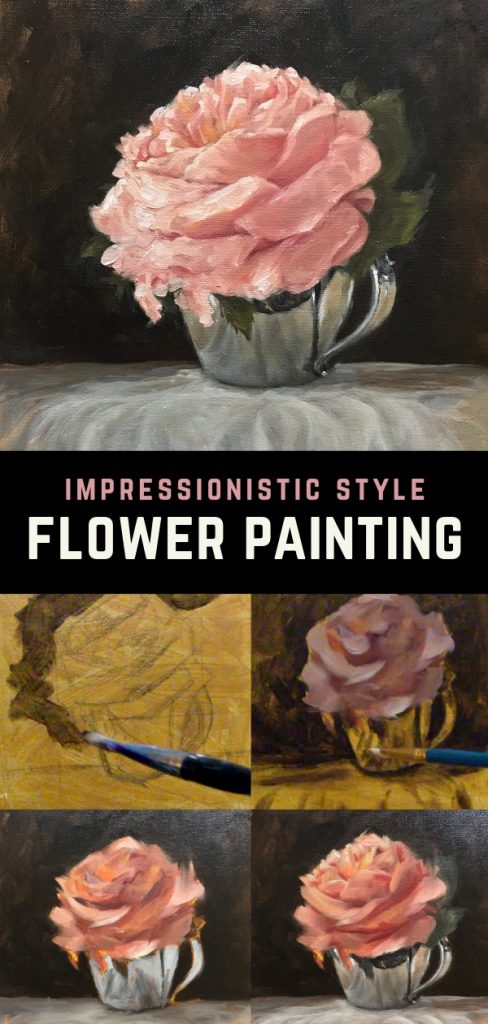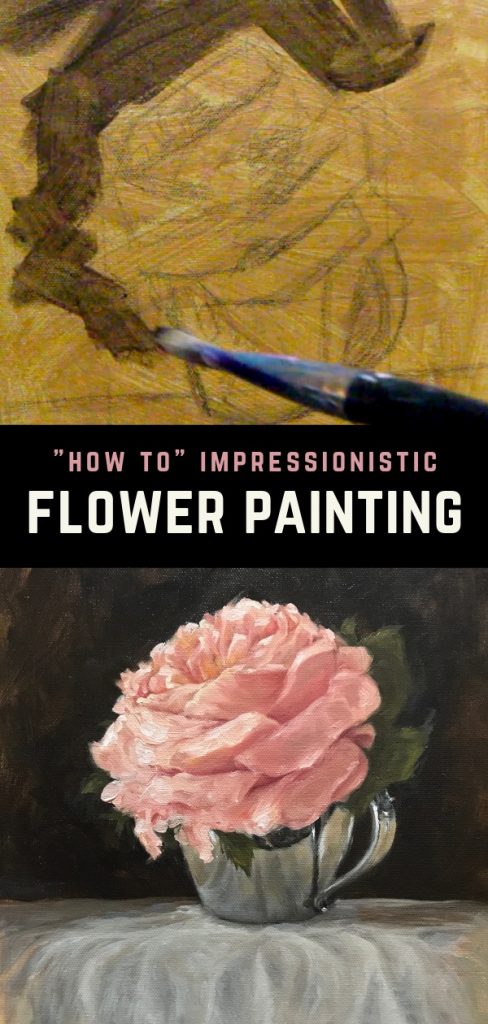When I first started painting in oils, I wasn’t sure if I could paint oil paint over acrylic paint. There seemed to be a lot of rules about layering with oils and mediums and it was a little confusing.
I decided to take an oil painting class to make sure I was doing things the right way. During the class, I told a fellow painter I painted in acrylics for many years. She told me you CAN paint oil paint over acrylic paint, but never acrylic over oil. Why? Because paints with a higher oil to pigment ratio (fat) must always be layered over paint with a lower oil to pigment ratio (lean). After doing more research, I’ve found more useful tips and information when painting oils and acrylics that I think you’ll find beneficial, so keep reading.
If you are in a rush, below is a quick outline of this article. Keep reading if you’d like more detail:
Painting Oil Paint Over Acrylic Paint Summary:
- Yes – you can paint oil over acrylic, but not acrylic over oil
- Acrylic gesso provides excellent adhesion for oil paint
- Acrylic primed canvases can be more absorbent than oil primed canvases
- Make sure the surface has enough texture for oil paint to adhere properly
- You can NOT use acrylic paint on an oil-primed canvas
- If you do an underpainting with acrylic, keep the layer thin and allow it to cure
- It is better to use a rigid surface such as a canvas panel rather than a stretched canvas when layering oil paint over acrylic paint
- Oiling out a canvas can help prevent the surface from being too absorbent
- Even after 40 years of use, some painters believe acrylic under oil is not archival
Oil Paint Over Acrylic Gesso Provides Excellent Adhesion
After more than 40 years of modern use, it has been found that painting oil paint over high-quality gesso has shown to be no problem for artists. The gesso is porous enough to provide excellent adhesion for the oil paint.
What is Gesso Anyway?
Gesso, translated from Italian, means chalk or plaster. Traditional gesso in the past was a mix of animal glue binder, chalk, and white pigment. It was used to coat surfaces and worked with a variety of painting media. This form of gesso was quite brittle and used on rigid surfaces.
Modern acrylic gesso isn’t technically gesso as it doesn’t contain chalk, but is made up of calcium carbonate, acrylic polymer, latex, and pigment among other things which make it flexible. Because of this, it can be used on both canvas and rigid surfaces.
Always look for high-quality gesso grounds that have been shown over time to be archival. You never know when your next painting will be your masterpiece, so you may as well start with a quality surface.
Acrylic/Gesso Primed Canvases May Absorb Oil Out Of Paint
Canvases you buy in stores that are primed with gesso usually have only one or two thin layers of gesso. If you’d like a higher quality linen acrylic primed canvas, I’d recommend the Masterpiece Linen Acrylic Primed Canvas found here on Amazon. I’ve painted on a lesser cotton canvas with an acrylic wash and underpainting and have experienced problems with the canvas being too absorbent when I started applying oil paint. The oil from the paint got sucked into the canvas very quickly, causing the paint to dry much faster than I would have liked.
You can see me struggle with this when I was painting a portrait of a black pug in the video above. At the time I thought the paint was drying so fast because it was very warm in the room. Later I realized it was because my canvas was extra thirsty for oil because the acrylic primer was very thin.
If I had taken time to add another coat or two of gesso or oiled out the canvas, I wouldn’t have experienced so many problems.
Make Sure The Gesso Has A Matte Surface
Some painters will put many layers of gesso onto a canvas to make it smooth. There is nothing wrong with that, but make sure that the surface isn’t too shiny and slick. The oil paint will have a hard time adhering if the surface doesn’t have enough texture.
Lightly sanding can help to remove the gloss from a surface and allow additional layers to stick. Also, remember to allow enough time for the gesso to cure before painting with oil.
Oil Primed Canvases Can NOT Be Painted With Acrylic
My favorite surface to paint on is an oil-primed linen canvas panel. You can NOT paint acrylic over an oil-primed canvas, so be prepared to set your acrylics aside. The benefit I’ve found with an oil-primed canvas is that the paint flows much easier and the oil from the paint isn’t as easily absorbed into the surface.
Acrylic Paint Is Considered To Be Lean
Acrylic is water-based and therefore has no fat or oil in it and is considered to be lean. Because of this, you can tone your canvas and do your basic underpainting all in acrylic. I’ve seen some artists get to a nearly finished painting in acrylic before they start painting over it with oil paint.
However, I would not recommend doing full underpaintings in acrylic. Only use light washes if you really want to use acrylics first. The reason is that acrylic gesso is ok to use is that it is considered to be an “open” medium, allowing oil paint to adhere better. Acrylic paint is considered “closed” and doesn’t create a surface that is as good for the oil paint to adhere to. Think of it as painting something on a carpet as opposed to painting something on glass. The carpet allows for the paint to stick due to a textured surface area whereas the glass is smooth or “closed” and not as receptive to holding on to the oil paint.

This canvas was toned with acrylic yellow ochre and the underpainting was done with acrylic burnt umber
Water-based paints like acrylic dry faster than oil-based paints. Painting a slower drying oil paint over fast-drying acrylic paint isn’t a problem as long as the acrylic paints are fully dried and cured. If you’d like to see my step-by-step process for the portrait above, follow this link How To Paint A Dog Portrait Step-By-Step In Oil or click on the picture above.
If you put a fast-drying water-based paint over the top of a slow-drying oil-based paint, it won’t work. You may find that it beads immediately or flakes up pretty quickly as it’s drying because the oil base repels water.
Keep Acrylic Paint Layer Thin & Allow Time To Cure
When dried, acrylic paints are more flexible than oil paints. Because of this, it is recommended that if you do paint oil paint over acrylic paint, the layers of acrylic paint under oil paint be thin and fully cured. It could take 2-3 days for a thin layer of acrylic paint to fully cure and up to 2-3 WEEKS for a thicker application of acrylic paint ¼ of an inch thick or more.
Dry times will be dependent on temperature, with warmer temperatures allowing for quicker drying and curing times than cooler temperatures. So if you want to do an underpainting in acrylic, keep the drying and curing times in mind.
Rigid Surfaces Are Better Than Flexible Surfaces When Painting Oil Paint Over Acrylic Paint
As stated above, acrylics are more flexible than oils when dry. Because of this, it is recommended to paint on a more stable and rigid surface such as a canvas panel rather than a stretched canvas.
If you do paint on a stretched canvas, it is recommended to reinforce the canvas using a rigid backer board to reduce movement and provide stability.
I still paint on stretched canvases, however, I have found that I really like the structure that a canvas panel provides. The “bounce” of a stretched canvas to get a little annoying as I paint and a panel eliminates that movement.
Avoid Rolling The Canvas
Sometimes a situation requires a painting to be rolled when not secured to a backer board or stretcher bars. If you must roll a canvas painted with acrylic and oil paints, roll with the painting surface facing outward and use the largest diameter tube available. The less bending the painting encounters, the better.
What Is Oiling Out A Canvas?
One way I could have gotten around my pug painting problems I referred to above would have been to oil out the canvas before I started painting. I did oil out the canvas before I started painting the impressionist flower I did recently. First, I blocked in my dark colors with acrylic burnt umber, let that dry and then oiled out the canvas before applying oil paint.
There are a couple of different ways to do this, but the way I did it was by taking a very small amount of linseed oil on a cloth and rubbing it into the canvas. You don’t want to use too much oil.
You can also use this method if you’ve gotten partway through a painting and it has dried. Oiling out the dried, dull parts of a painting helps to bring the color back to what it’s supposed to look like. You can see Mark Carder demonstrate this in the video below.
Why Some Oil Painters Won’t Ever Use Acrylics Under Oil
While deemed safe for archival purposes, there are some painters who refuse to use any type of acrylic gesso or paint beneath a layer of oil paint. The reason for this is there could still be a possible problem with an acrylic ground. It could cause oil paint to delaminate due to flexibility differences between acrylic and oil. It is up to each artist to use a method they think will work best for the longevity of their work.
Thank you for stopping by!
I hope you enjoyed this article. If you are interested in more posts like this, below are my other popular painting tutorials. Simply click on a title below to view the article:
How To Paint White Fur – Painting A White German Shepherd Step-By-Step
What Is Value In Painting? The #1 Way To Improve Your Painting
How to Paint Black Fur – Portrait of a Pug
7 Portrait Painting Tips For Traditional And Digital Painters
How To Paint A Dog Portrait Step-By-Step In Oil
Tips For Painting Silver Objects
8 Tips for Painting Black Fur
How To Paint A Cat In Oil Step-By-Step With Jorge & Nacho
30 Faces 30 Days Portrait Painting Challenge
Painting A Cat In Oil Featuring Prescott, A Gorgeous Maine Coon Cat
How To Paint A Sphynx Cat In Oil Step-by-Step

